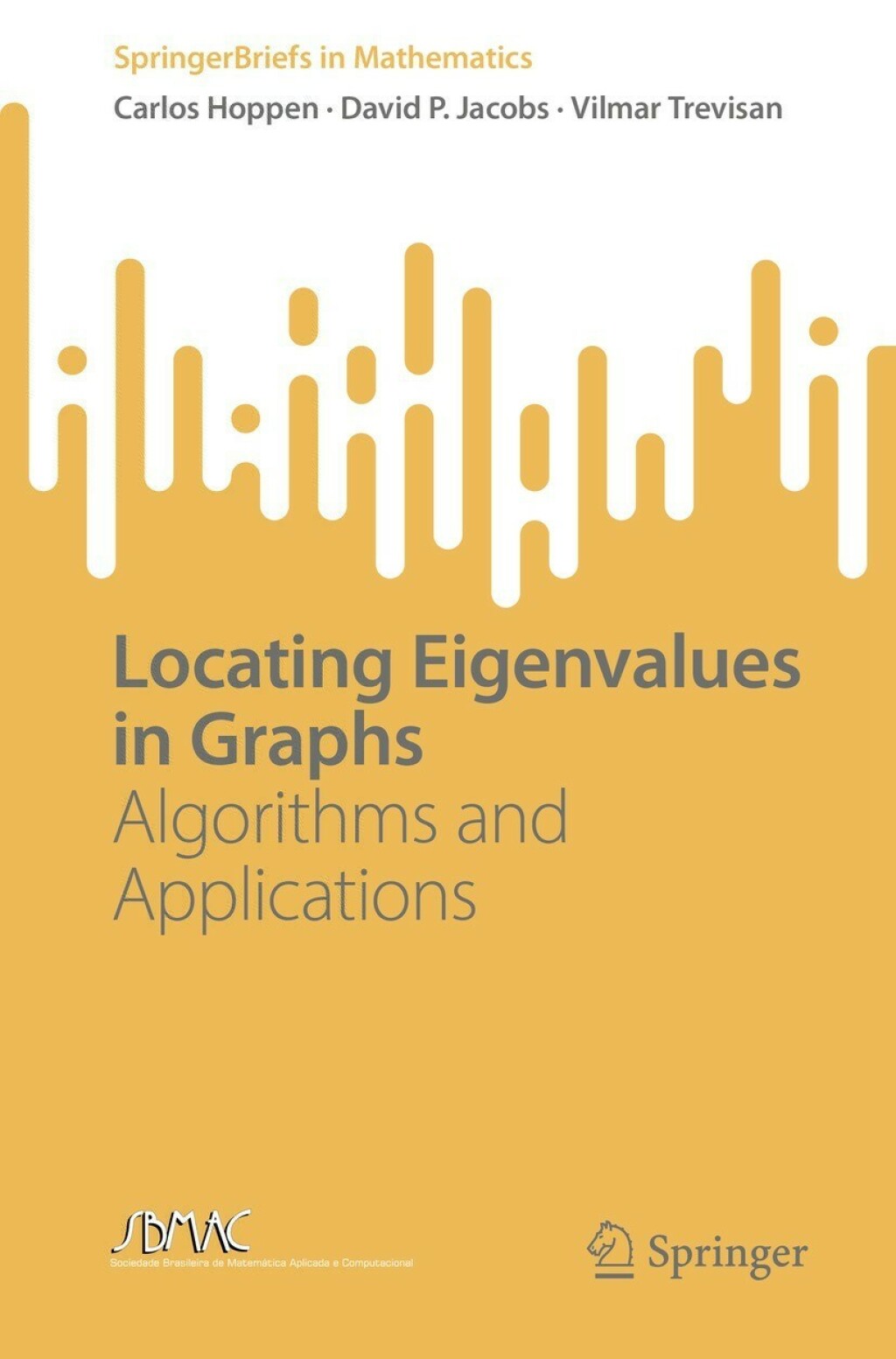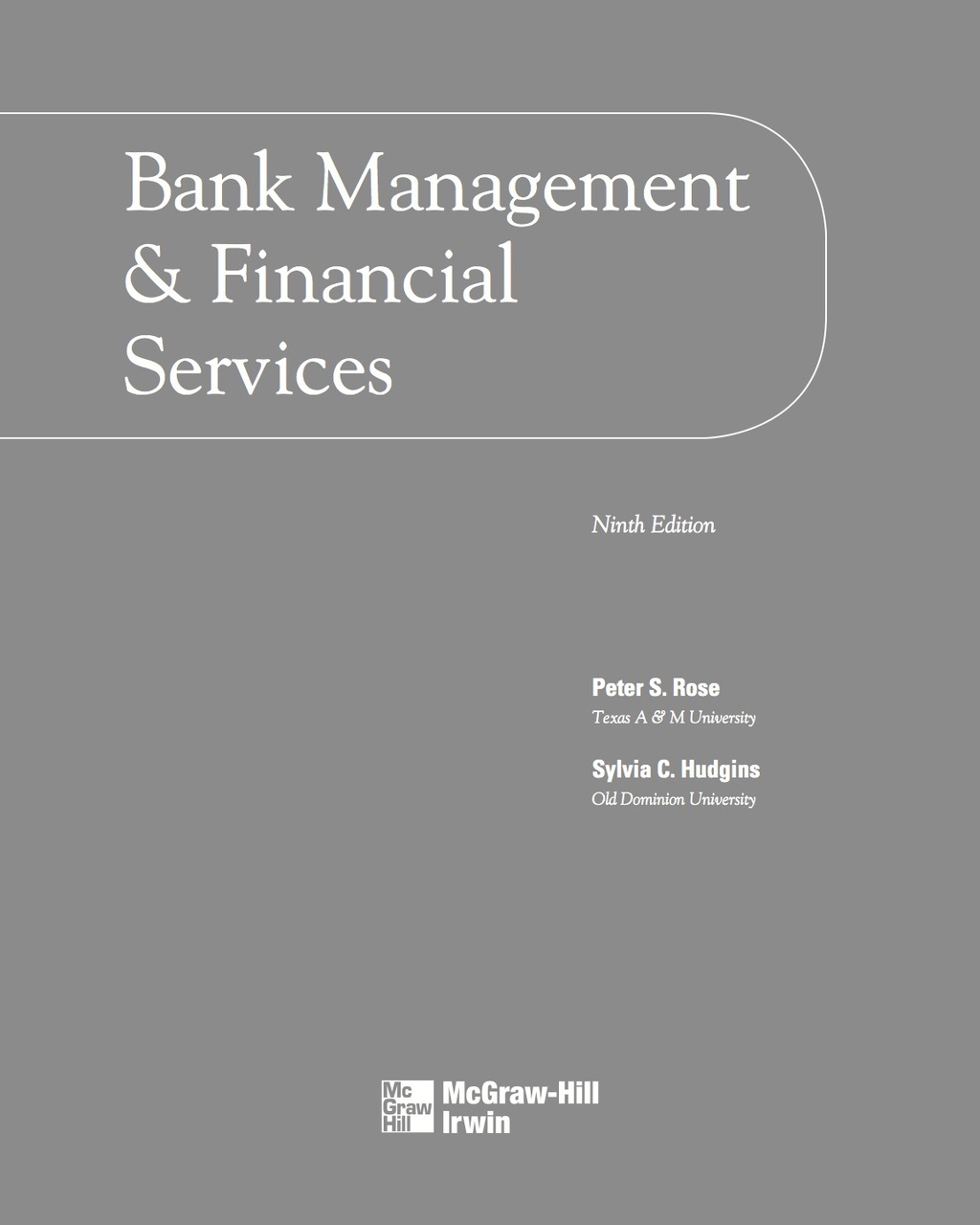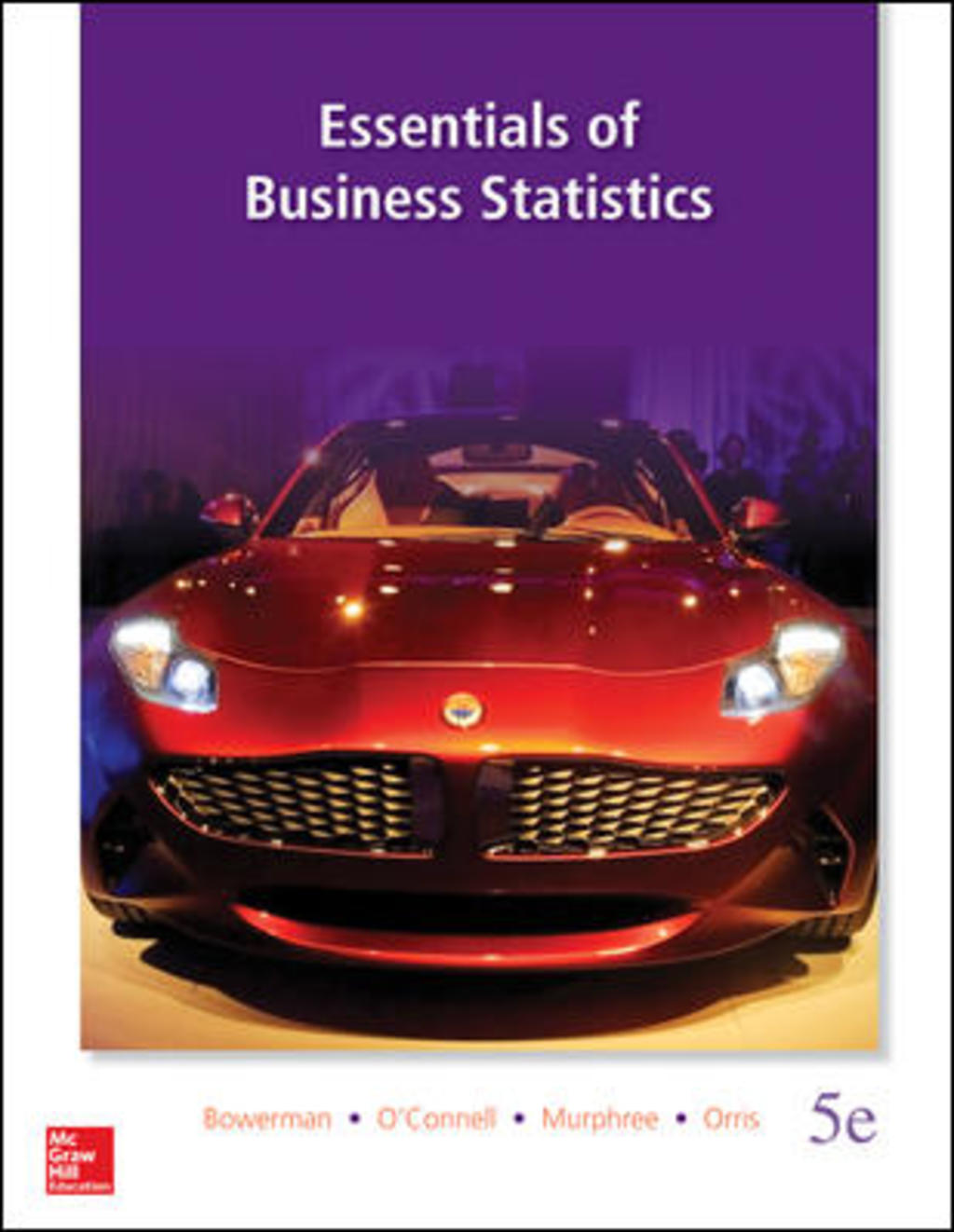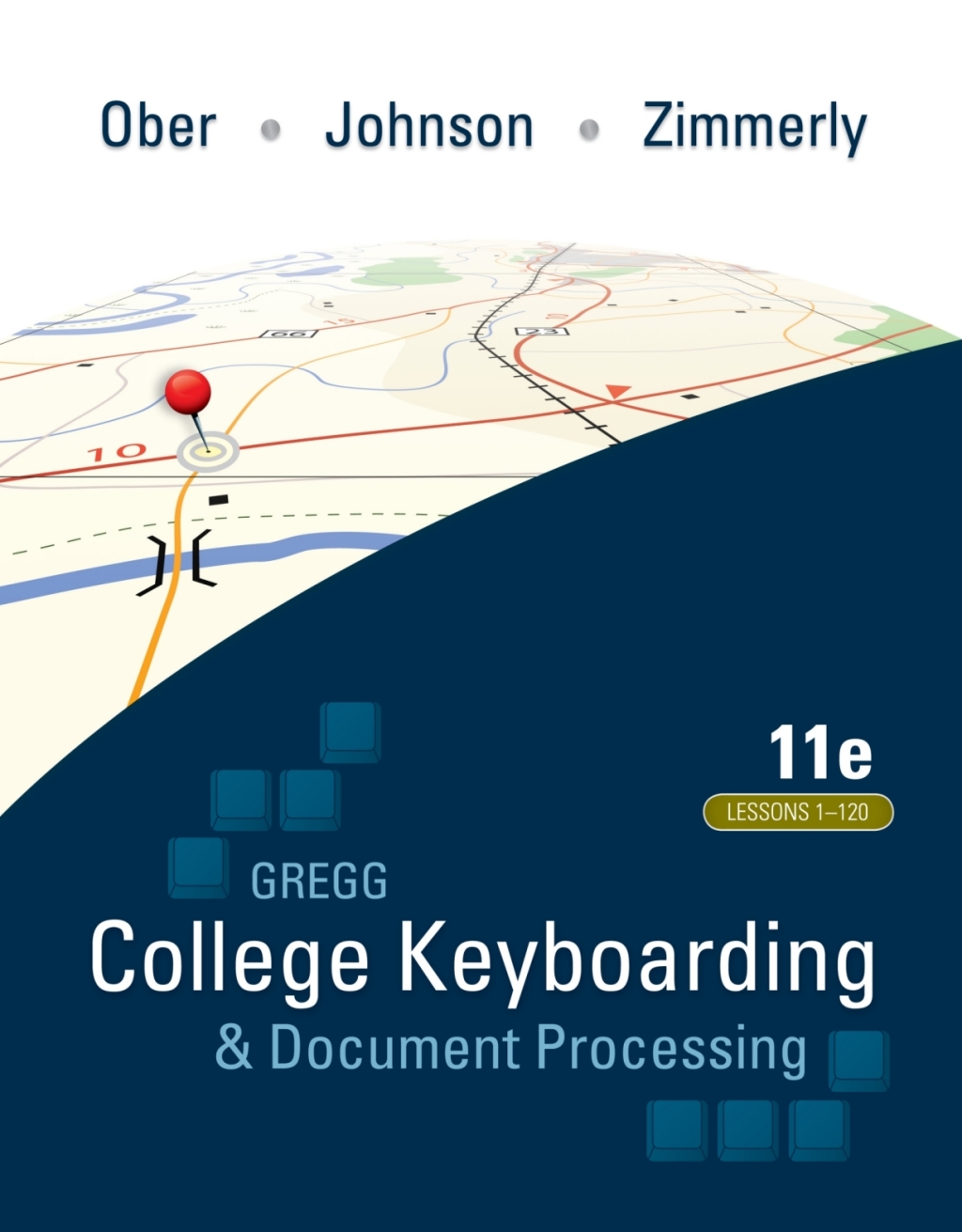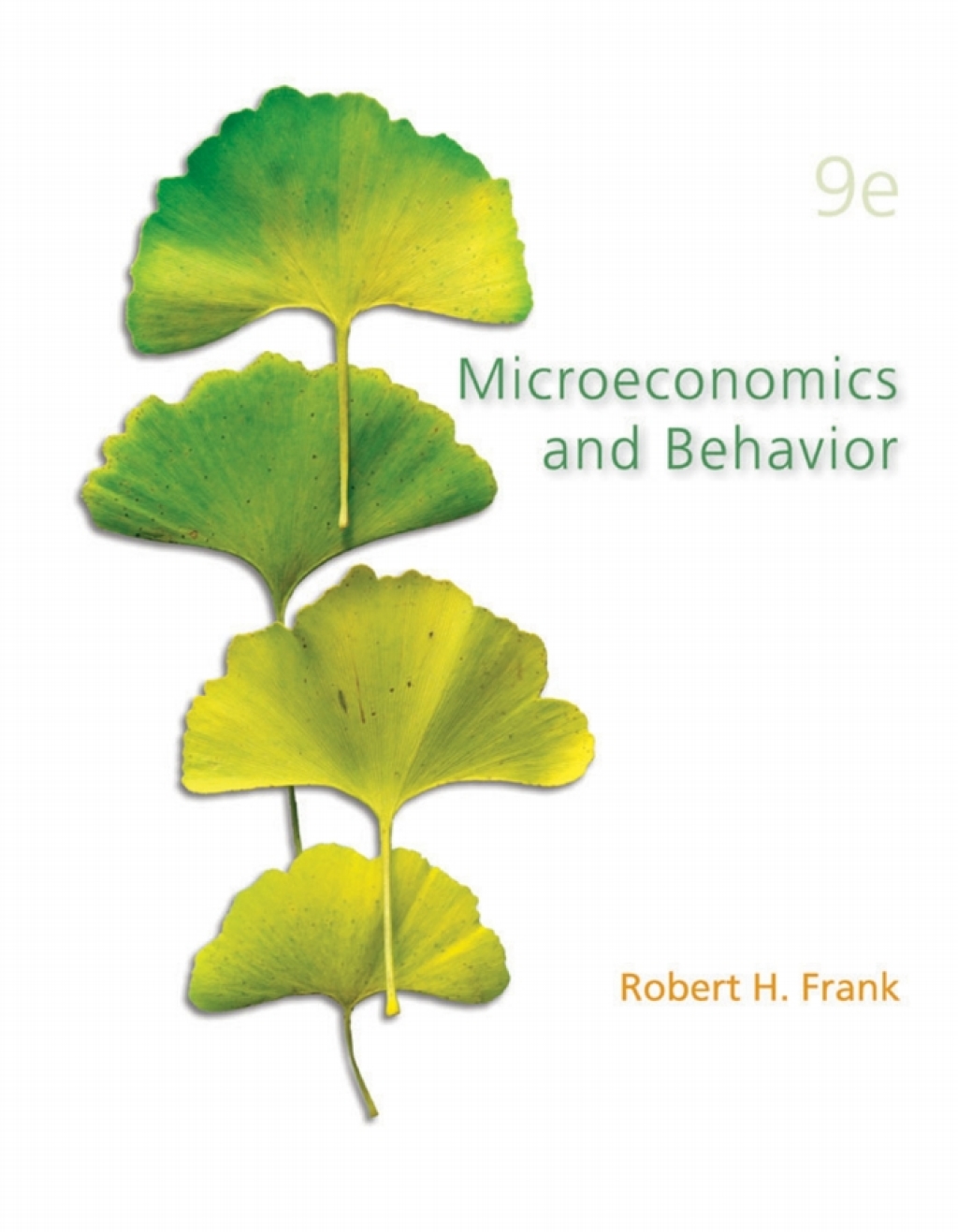Description
This book focuses on linear time eigenvalue location algorithms for graphs. This subject relates to spectral graph theory, a field that combines tools and concepts of linear algebra and combinatorics, with applications ranging from image processing and data analysis to molecular descriptors and random walks. It has attracted a lot of attention and has since emerged as an area on its own. Studies in spectral graph theory seek to determine properties of a graph through matrices associated with it. It turns out that eigenvalues and eigenvectors have surprisingly many connections with the structure of a graph. This book approaches this subject under the perspective of eigenvalue location algorithms. These are algorithms that, given a symmetric graph matrix M and a real interval I, return the number of eigenvalues of M that lie in I. Since the algorithms described here are typically very fast, they allow one to quickly approximate the value of any eigenvalue, which is a basic step in most applications of spectral graph theory. Moreover, these algorithms are convenient theoretical tools for proving bounds on eigenvalues and their multiplicities, which was quite useful to solve longstanding open problems in the area. This book brings these algorithms together, revealing how similar they are in spirit, and presents some of their main applications. This work can be of special interest to graduate students and researchers in spectral graph theory, and to any mathematician who wishes to know more about eigenvalues associated with graphs. It can also serve as a compact textbook for short courses on the topic.



